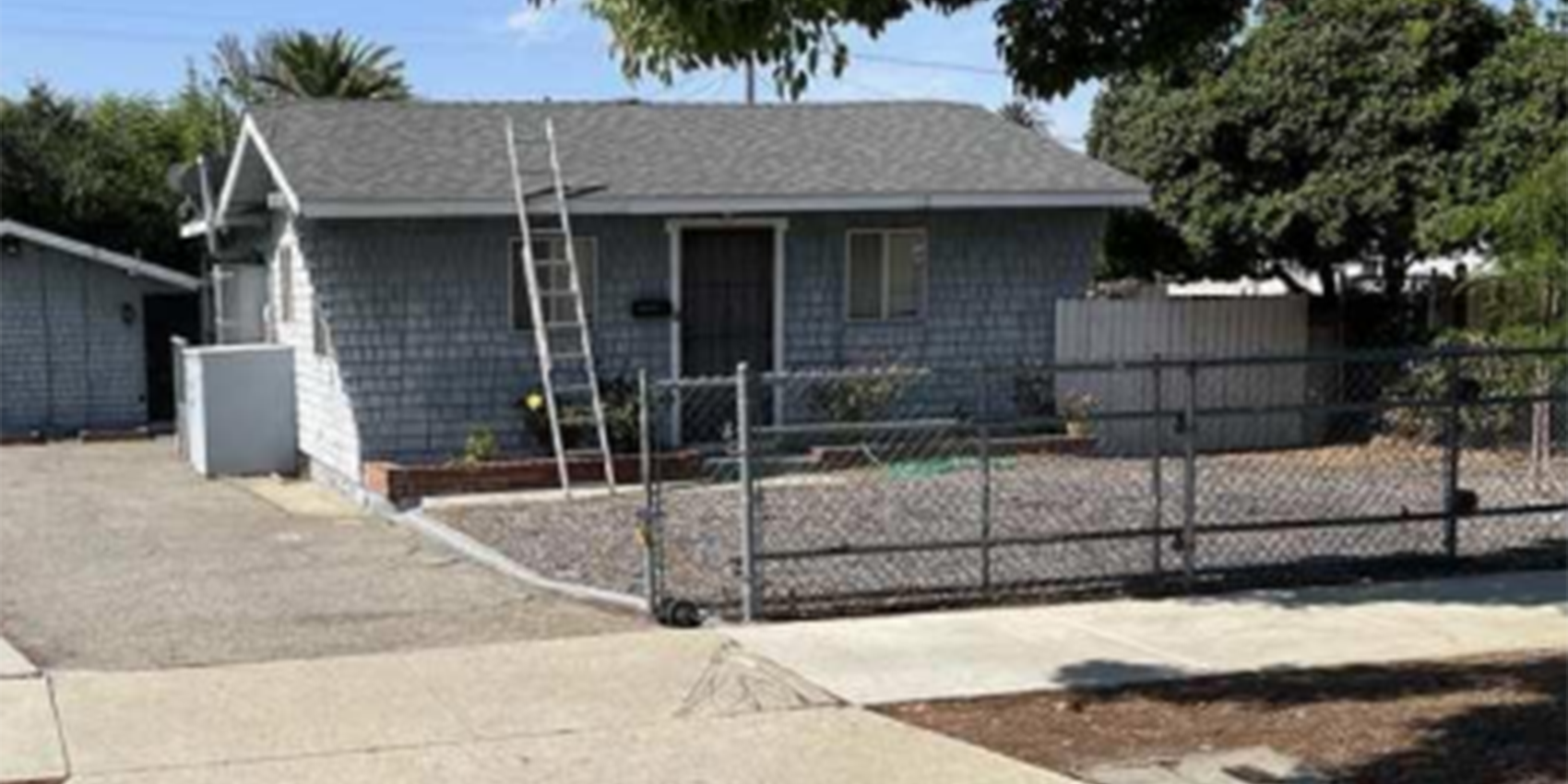Change happens; always has, always will. In the late season of the COVID-19 virus pandemic, the question many are asking is not if things will change (they will), but how much will they change. Will people automatically move back to the behaviors and activities they had before the country locked down? Or will they be hesitant to move about, go out, or get close?
For example, the beaches in warmer southern states have been opened for about a month now, with the states of Georgia and Florida leading the way. With regards to the number of new virus cases the results have been “a mixed bag,” according to observers. While positive cases and deaths are still occurring, Georgia has reported that the “seven-day rolling total” number has decreased, indicating that the pandemic is shrinking, not spreading as many feared it would.

In Germany, many predicted a “second wave” of infections once the country opened up; but according to news reports, that second wave hasn’t materialized.
The numbers for Florida real estate are also encouraging. In March the number of closed sales is higher than last year at the same time. In southern California, brokers are saying that the housing market is resilient, citing a 16% increase week over week during the first two weeks of May. “The numbers are very steady and consistent,” and the market appears to be healthier than expected.
Yes, national sales numbers did decline in March and April, and were off by nearly 70% compared to last year, but the market is quickly rebuilding. New listings lagged for a while but are now increasing almost daily as clients and potential buyers are adjusting to digital marketing and reviewing properties via video feeds.
If we could glean some insights from China, which as a country is a few months ahead of the US, we’d see that 80% to nearly 100% of employees have returned to their office jobs; even though leasing volume has slowed. In the retail sector, malls are reopening slowly while leasing activity is “subdued.” And grocery stores are benefitting from people eating at home more.

In the logistics sector, freight traffic and warehouses are showing buoyancy through this ordeal and most have returned to normal operations or have exhibited increased activity. Throughout the last few months, investors are showing a strong interest in the commercial real estate market and many deals are moving ahead with confidence.
In our own country, businesses are adapting their day-to-day activities in response to more stringent guidelines for health and safety while trying to encourage their customers’ trust in their ability to help keep them safe. This will probably result in reduced workspace density as employers redesign offices and factories for social distancing.
Investment activity in global commercial real estate may slow through the second quarter, and will require a little time to ramp up when investors are again able to perform due diligence and execute transactions without the burden of distancing; although the case for using digital technology will probably be firmly entrenched.

Investor appetite remains and there may be some pent-up demand to spike the investment numbers as the economy loosens up. Overall, expect to see investments in real estate to maintain—and even increase—in the long term.
For many investors, returning to the market will depend on if they have—or can find—managers with experience and positive track records who will confidently lead them into the “new normal,” which on many accounts doesn’t seem to be very different from the previous normal.







